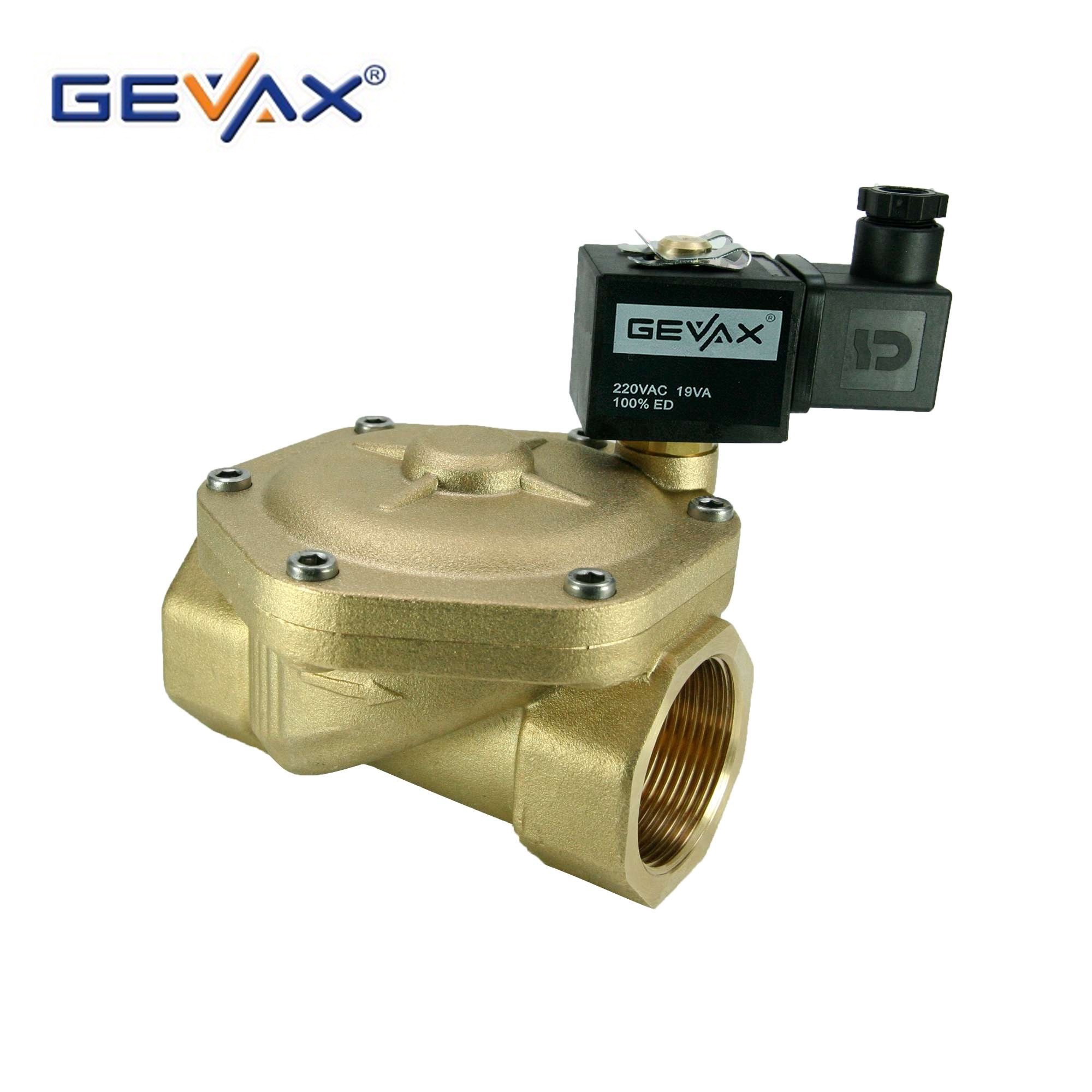Solenoid Valve Mechanics: Understanding Force Balance Equations
페이지 정보
작성자 Valentina Alans… 댓글 0건 조회 9회 작성일 24-08-19 23:15본문
Relying on the fabric, fluids, temperature, and time of contact, the power of stiction can have a substantial affect on valve performance. Residual Magnetism: Solenoid coils are inductive and therefore resistant to changes in current through the coil. When power is removed from the solenoid coil, some magnetic drive still exists but dissipates quickly afterwards. Environmental Forces: External environmental forces similar to gravity, shock, or vibration may be utilized to the solenoid valve. On this part, we'll delve into the potential issues that will arise from a malfunctioning purge solenoid valve. We will also establish the indicators and symptoms to watch out for, aiding you within the early detection of a possible failure. What are the frequent causes of failure for a purge solenoid valve? Solenoid Coil: This electromagnetic element creates a magnetic field when electricity passes by it, which in flip moves the plunger. Its energization is modulated by input from the driver card, corresponding to desired operational parameters. Plunger: A movable iron core inside the solenoid coil, its movements set off changes in spool position, allowing for finer management over hydraulic or pneumatic pressures and flows according to various energy inputs. Feedback Transducer: Usually a position sensor or a strain transducer offers actual-time feedback on precise spool place or output stress.
Every type of solenoid comes with its own advantages and potential drawbacks. AC solenoids are notably advantageous in increased energy purposes as a result of their skill to handle larger present masses without overheating. They're typically extra strong and can produce a stronger actuation force at similar energy ranges compared to DC solenoids. Unlock precision and efficiency in fluid management with Vickers solenoid valves. These solenoid managed directional valves are known for سلونوئید ولو his or her chopping-edge expertise and reliability. Tailor-made for numerous functions, from manufacturing to industrial automation, or any area requiring precise fluid management, Vickers Solenoid valves can seamlessly combine into your system to convey you unmatched performance. Vickers Solenoid Valves use electromagnetism to exactly control hydraulic fluid stream. When energized, an electromagnetic coil activates a solenoid, influencing a pilot valve that regulates the fluid's direction in hydraulic and pneumatic methods, guaranteeing exact and environment friendly operation. 4-way solenoid valves are often employed in hydraulic and pneumatic methods. Solenoid valves are indispensable gadgets in fluid control programs, offering exact and speedy management over fluid stream. With their various sorts and configurations, they cater to a variety of applications in different industries. From family appliances to complex industrial processes, solenoid valves continue to play a vital position in automating and optimizing fluid management. Understanding the different types and how they work enables engineers and designers to pick out essentially the most acceptable solenoid valve for their particular functions, ensuring environment friendly and reliable operation. Would You Slightly: Spiders/Bugs/Roaches, Rats or Mice, or Snakes? Risky Shortcut or Proven Solution?
The three main varieties of solenoid valves are normally closed, normally open, and bi-stable. A normally closed (NC) solenoid valve is one through which the valve is saved in a closed place when de-energized. When power is applied to the solenoid coil, the valve opens, permitting media circulation. The sort of valve is right for functions the place it is necessary to maintain a safe shutdown condition in case of energy loss.

댓글목록
등록된 댓글이 없습니다.